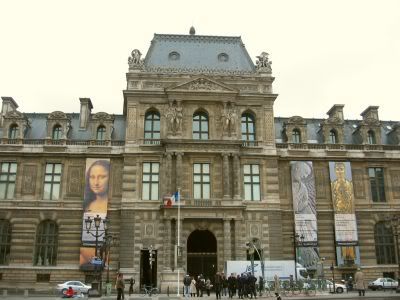
Divided into 8 departments, the Louvre collections incorporate works dating from the birth of the great antique civilisations right up to the first half of the 19th century.

The entrance to the galleries lies below the glass pyramid. The ticket is valid all day, re-entry is allowed. Ticket price : Euro 8.50

A medieval fortress, the palace of the kings of France, and a museum for the last two centuries, the architecture of the Louvre Palace bears witness to more than 800 years of history.
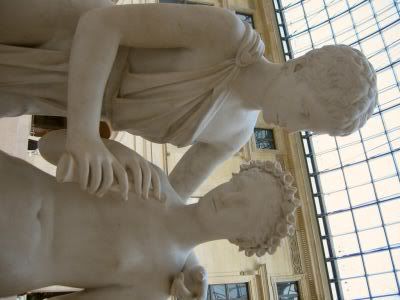
The Department of Sculptures incorporates sculptures from the Middle Ages, the Renaissance and modern times.

The collections include sculptures in marble, stone, bronze and wood.

The Department of Oriental Antiquities preserves works which originate from a huge area stretching from the Indus to the Mediterranean.
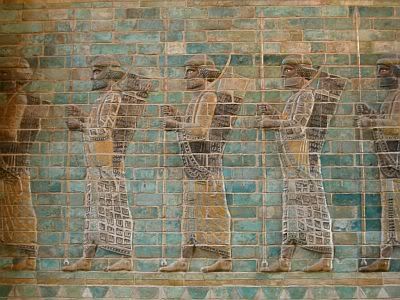
The collections are displayed on the basis of three major geographical and cultural ensembles : Mesopotamia, Iran and the Levant.

The Department of Egyptian Antiquities displays the remains of the civilisations along the banks of the Nile from the time of Nagada.

The collections in the Department of Objets d'Art include furniture, tapestries, ivories, gold and silver items, jewellery, glass, faience and porcelain, small bronzes, dating from the end of the Antique period to the middle of the 19th century.

Apart from decorative arts, all the apartments from the time of Napoleon III are on display.

The works included in this department cover the Greek, Etruscan and Roman civilisations.

Ever since the Louvre opened its treasures to public view in November 1793, it has allowed, even encouraged, artists to hone their skills by copying the masterpieces in its collections. Becoming a Louvre copyist is relatively simple. An applicant specifies the desired starting date and the painting to be copied. No samples of work are requested. Permits are good for three months, and the museum provides each artist with an easel and a stool.
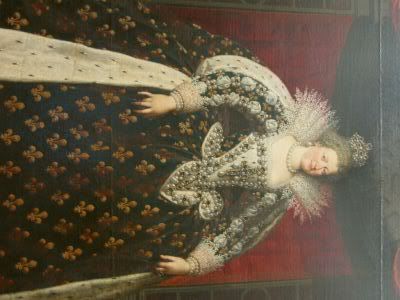
The Louvre museum houses more than 6 000 European paintings dating from the end of the 13th century to the mid 19th century, in a wide variety of genres and formats, from miniatures to monumental canvases, and offering encyclopedic diversity.
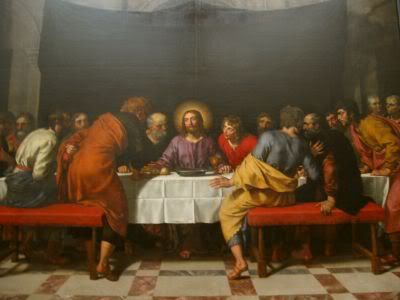
Since 1794, the Department of Paintings has been organised into national schools. They are divided into three main groups : the French School, the Italian and Spanish School, and the Northern European School.


The Louvre is overwhelming in every sense of the word. There is far too much to see in a day.



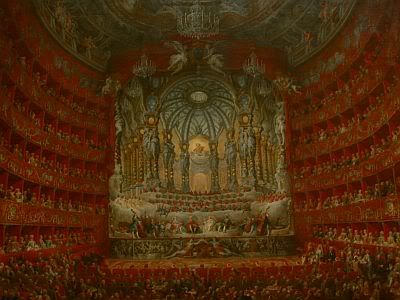

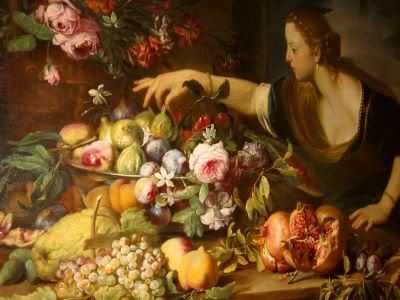


Among the thousands of priceless paintings is the Mona Lisa, perhaps the most famous painting in the world.
The Mona Lisa was stolen on August 22nd, 1911. On September 7th, French poet Guillaume Apollinaire, who had once called for the Louvre to be 'burnt down', was arrested and put in jail on suspicion of theft. His friend Pablo Picasso was brought in for questioning, but both were later released. At the time, the painting was believed lost forever. It turned out that Louvre employee Vincenzo Peruggia stole it by simply walking out the door with it hidden under his coat.
The identity of the model of Mona Lisa is not definitively known. Dr. Lillian Schwartz of Bell Labs suggests that the Mona Lisa is actually a self-portrait (artist Leonardo da Vinci is Mona Lisa ?).

The works in the Department of Prints and Drawings are stored for protection against variations of light and temperature (therefore no pictures). President Jacques Chirac has called for the creation of an eighth department at the Louvre, devoted to Islamic Art.
For more information about Louvre Museum, visit : http://www.louvre.fr/louvrea.htm

2 comments:
I wanna go!!
yes. louvre was indeed impressive.
Post a Comment